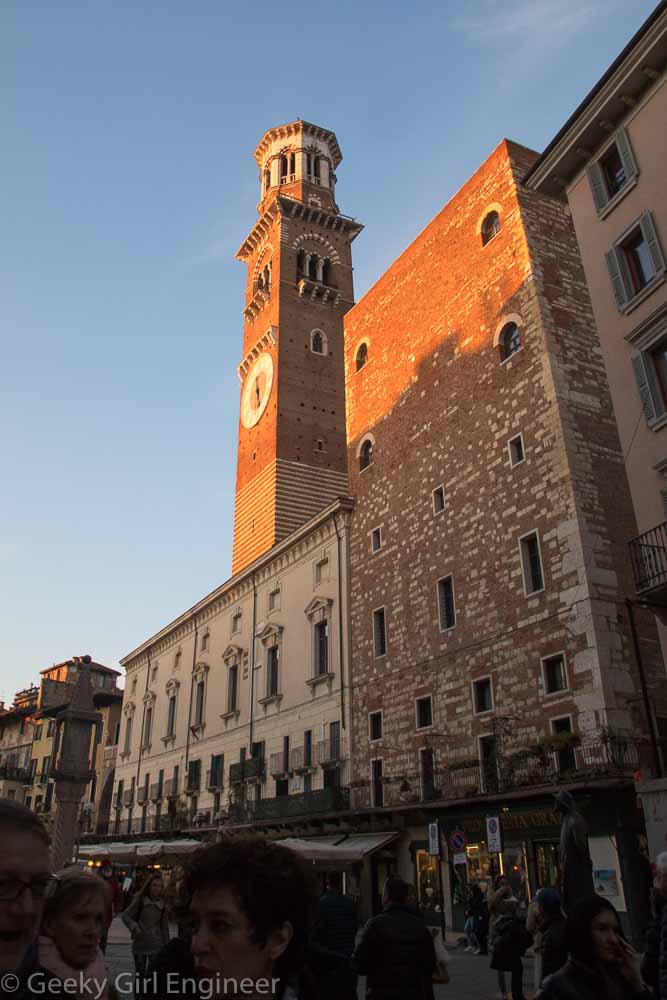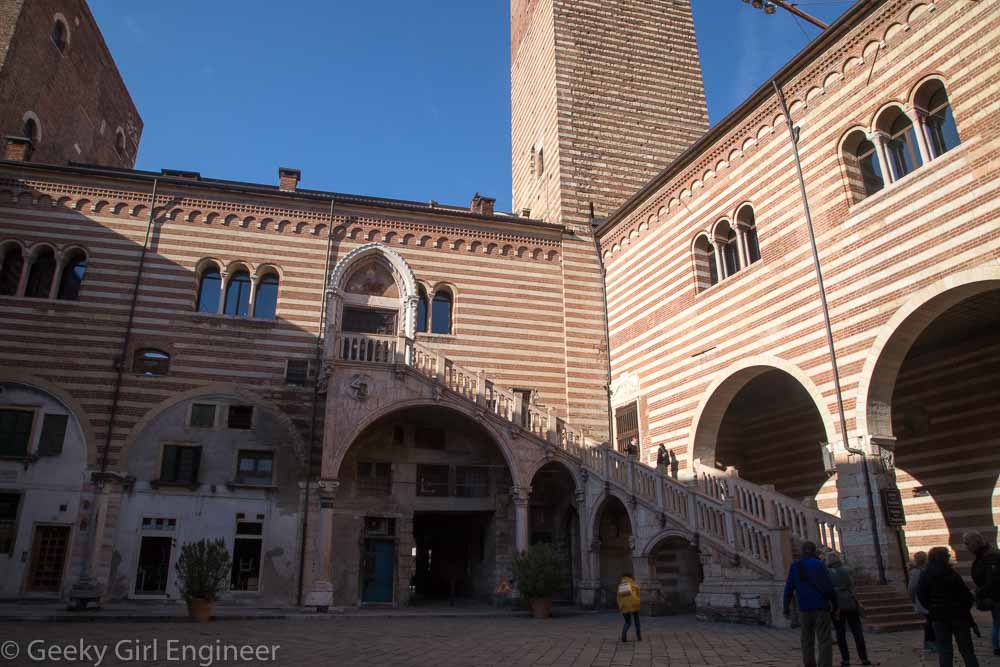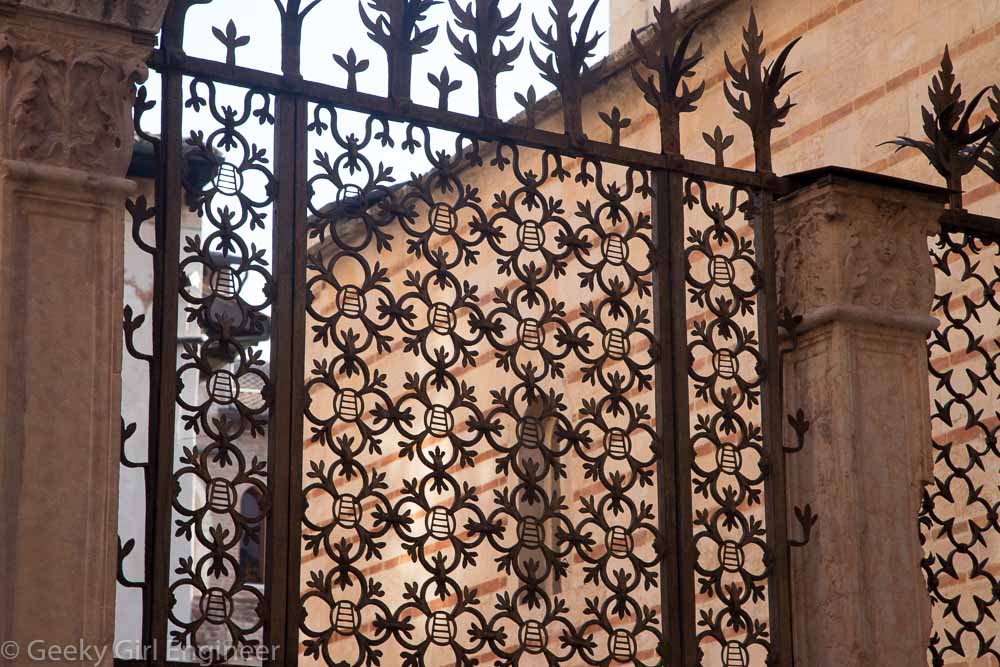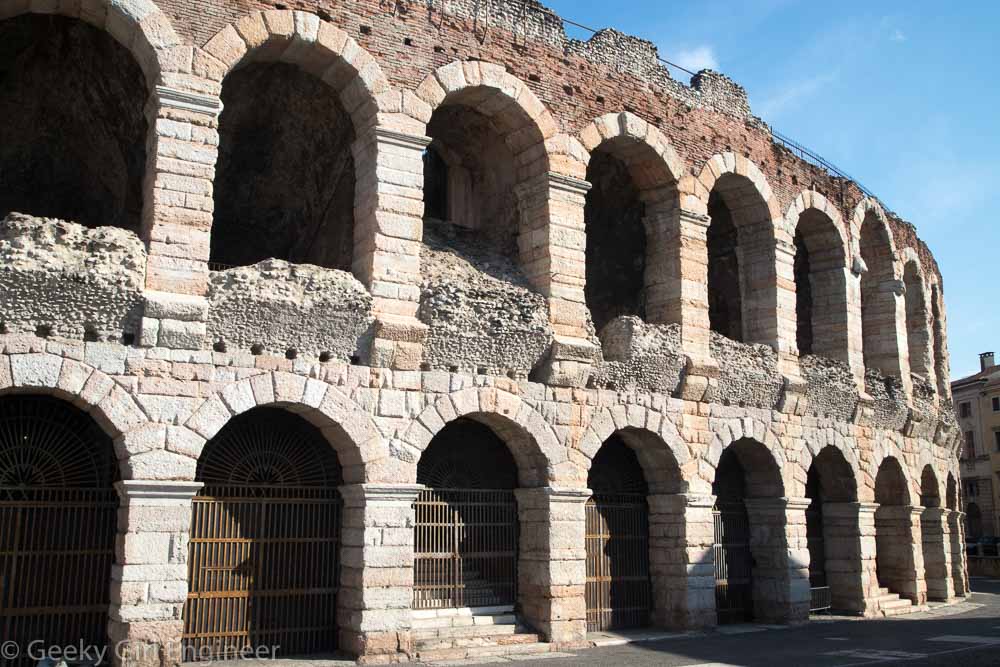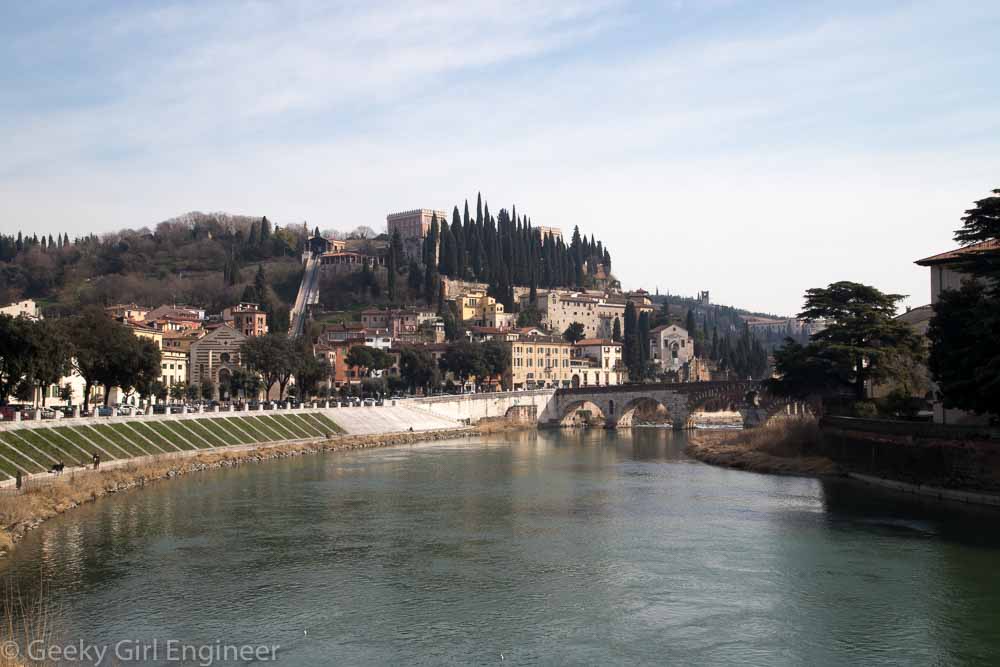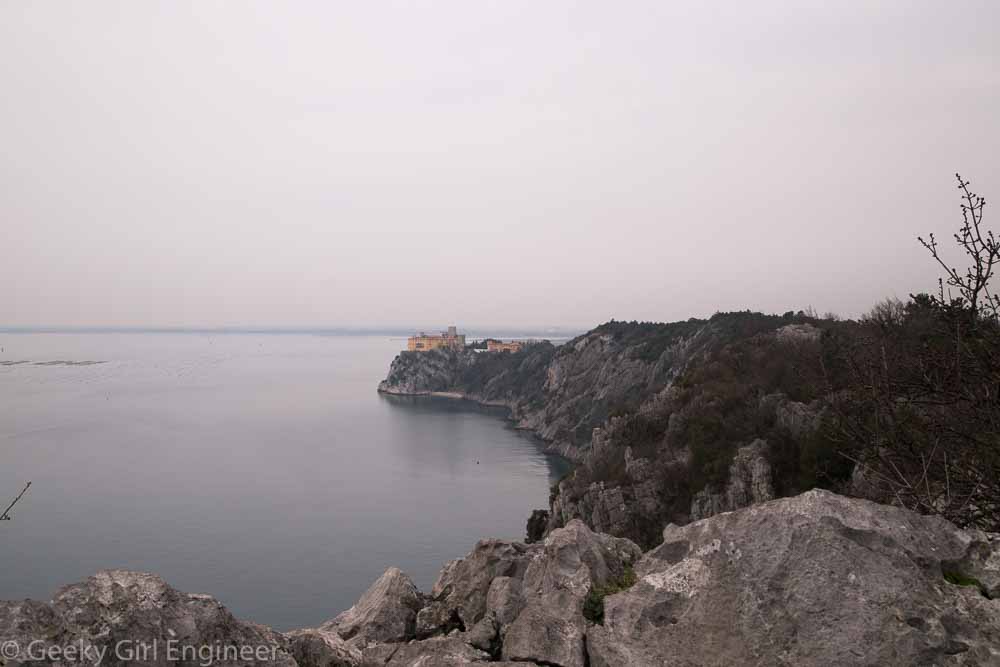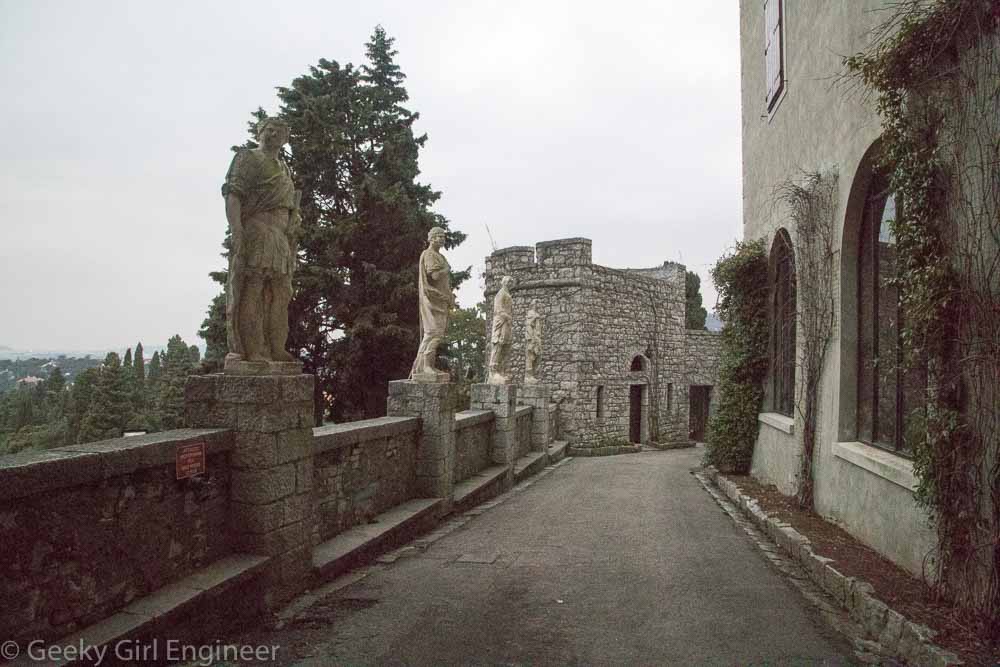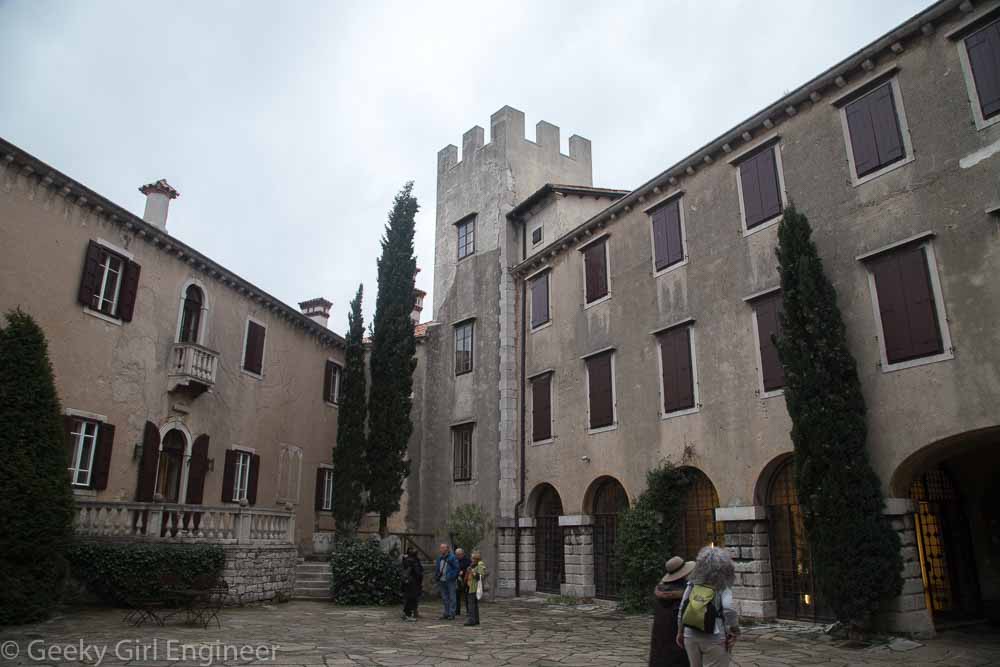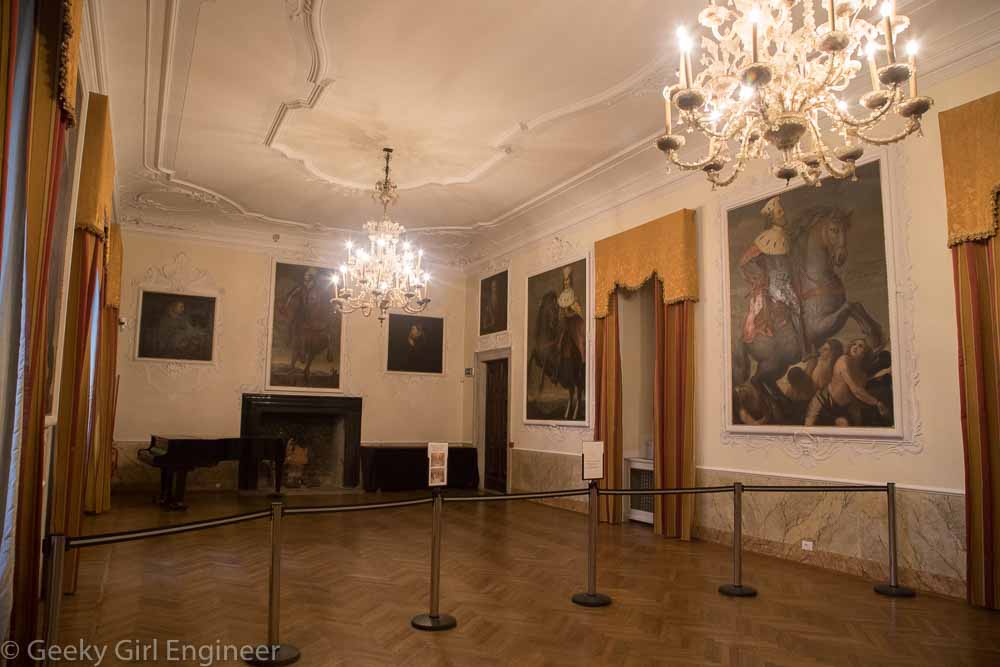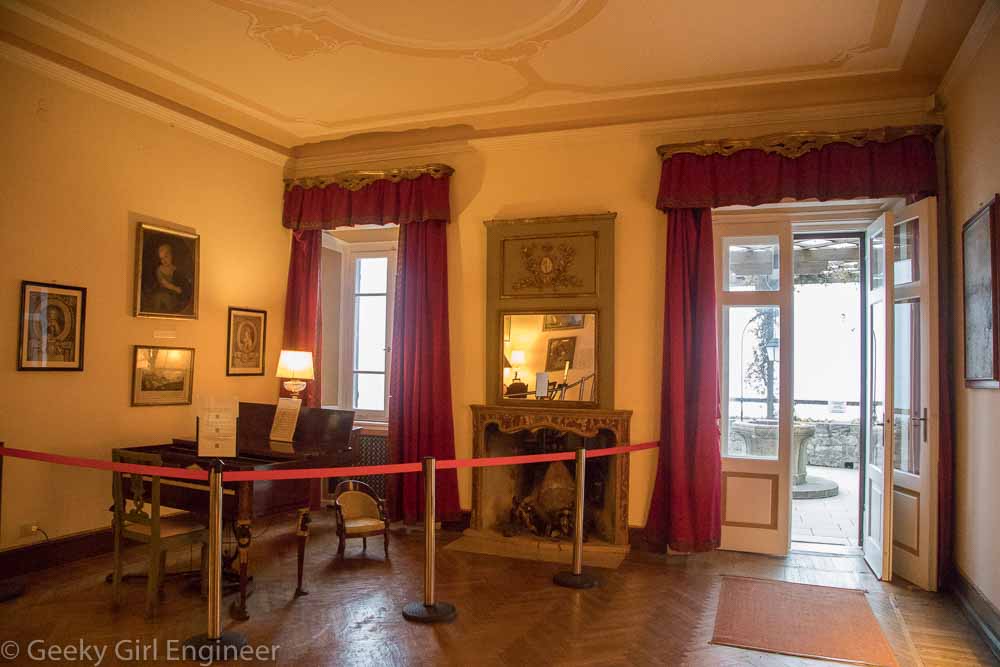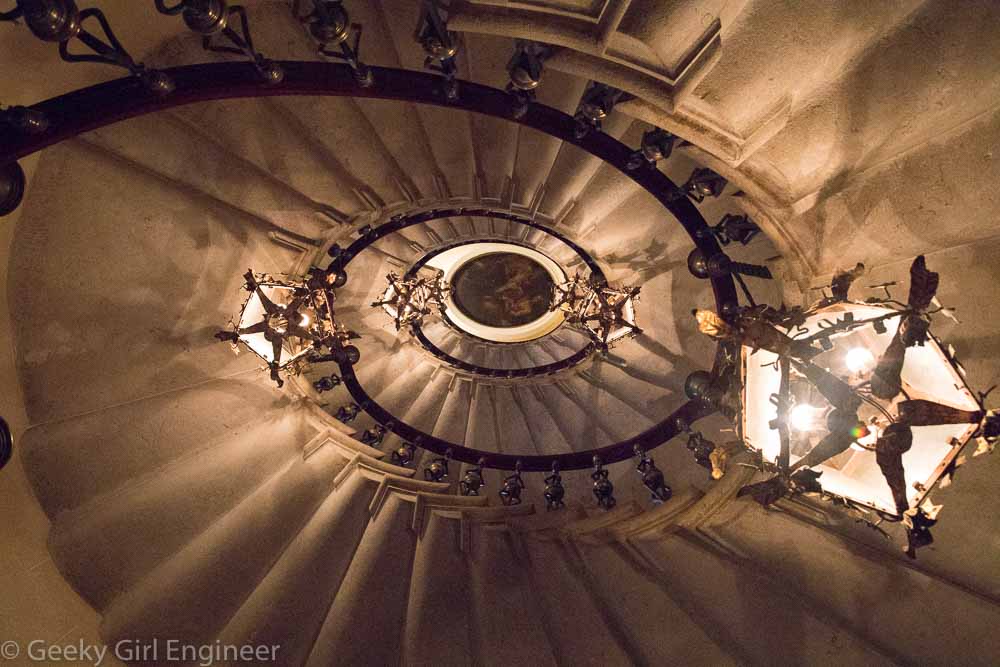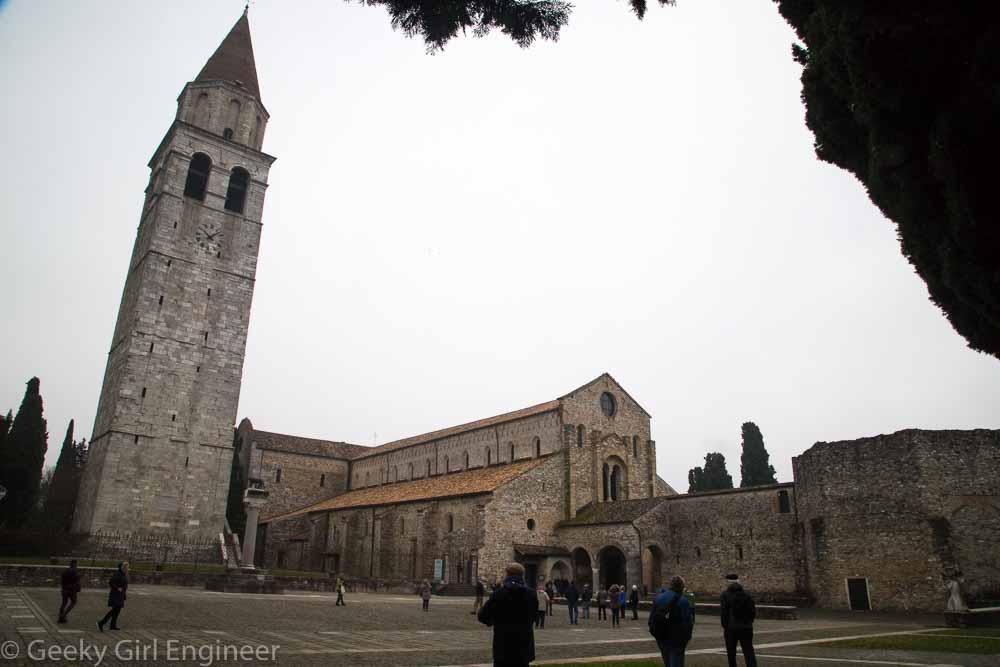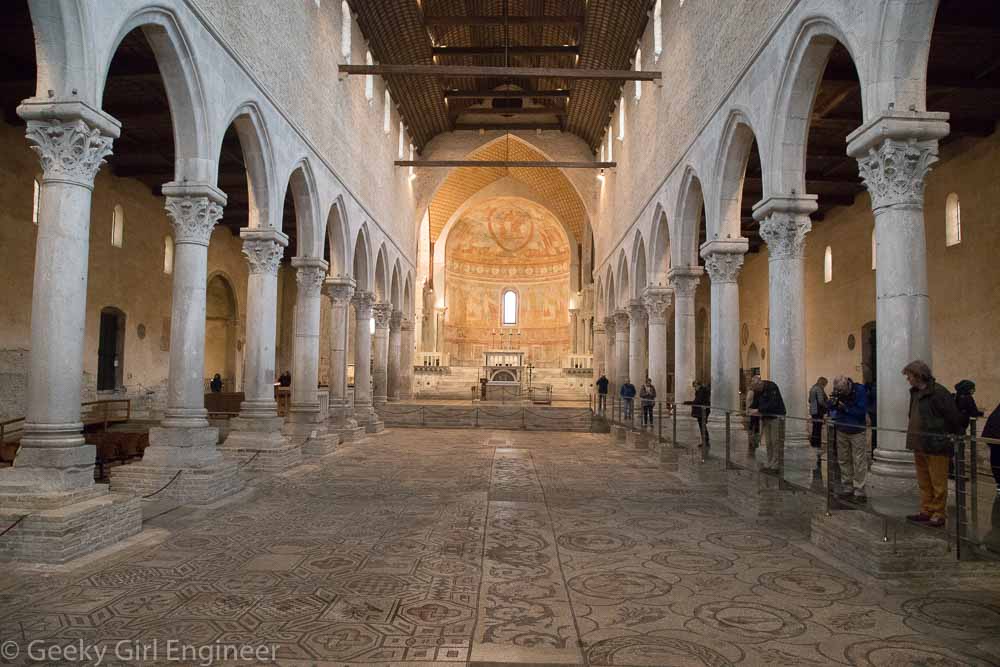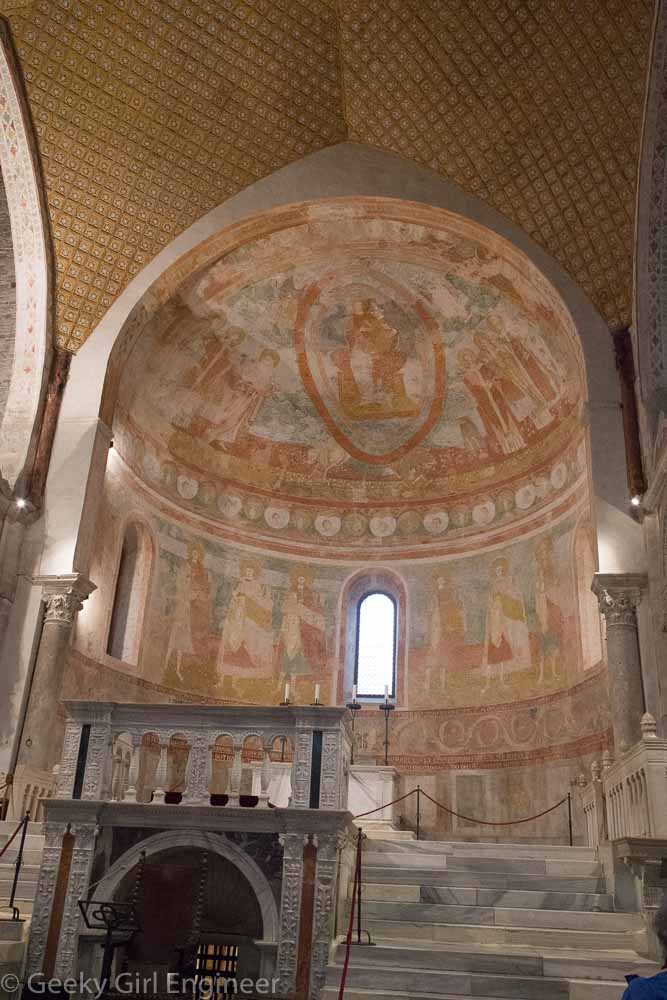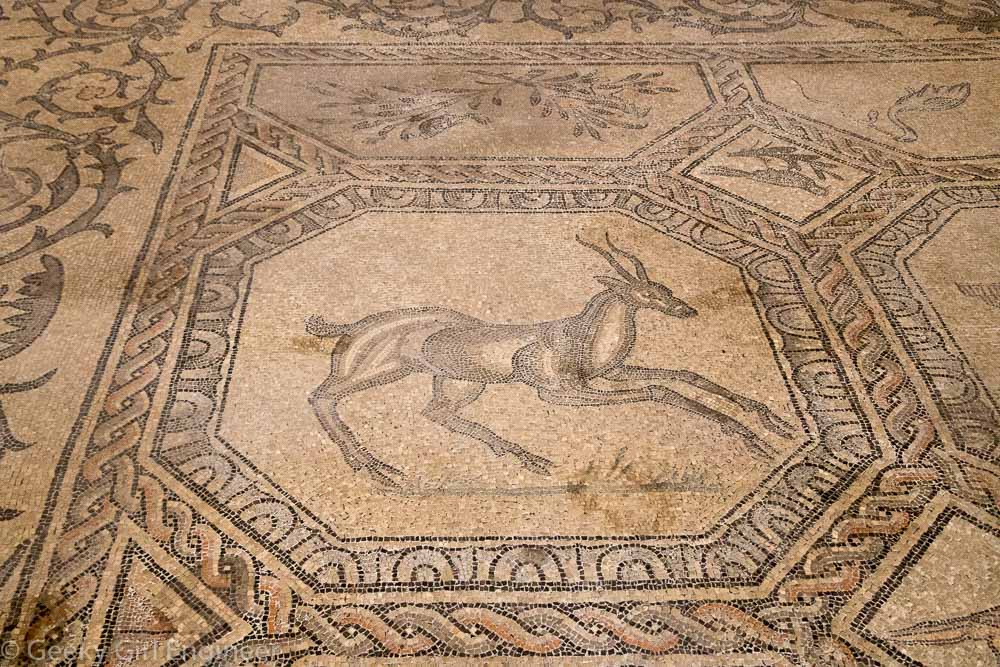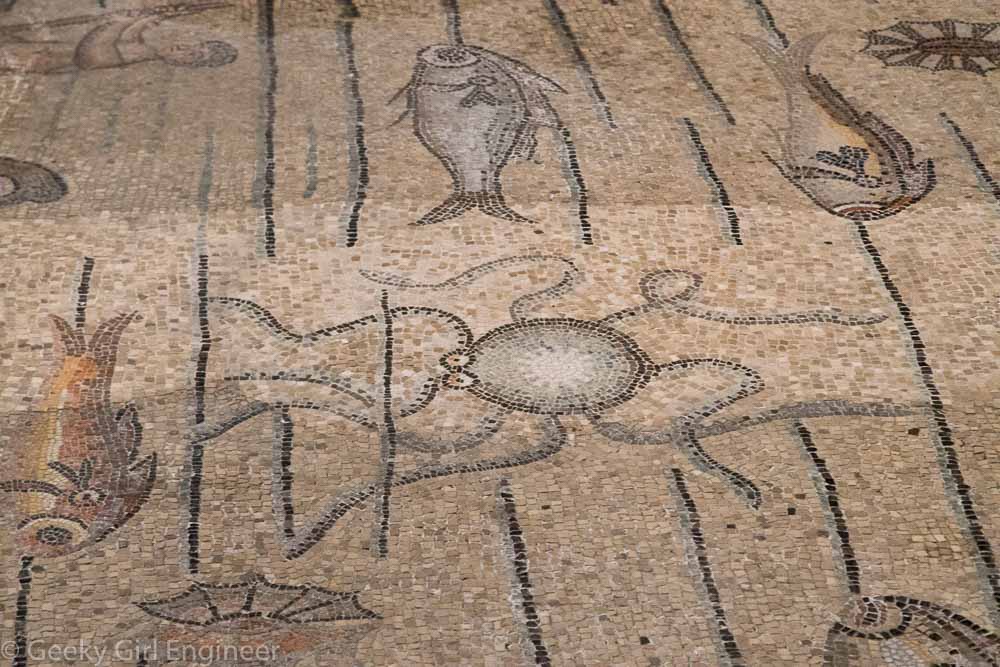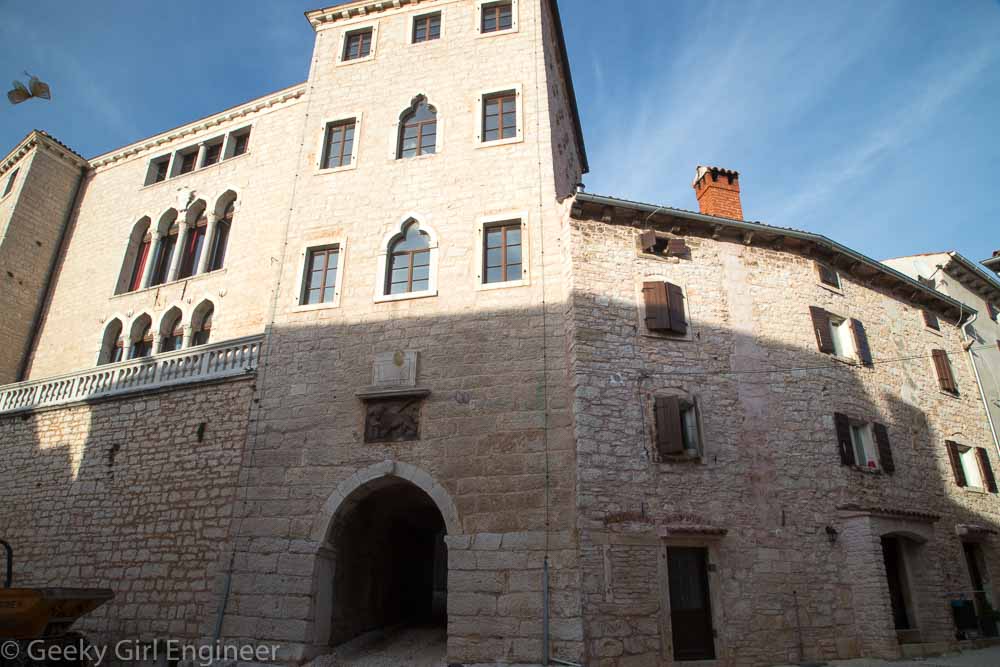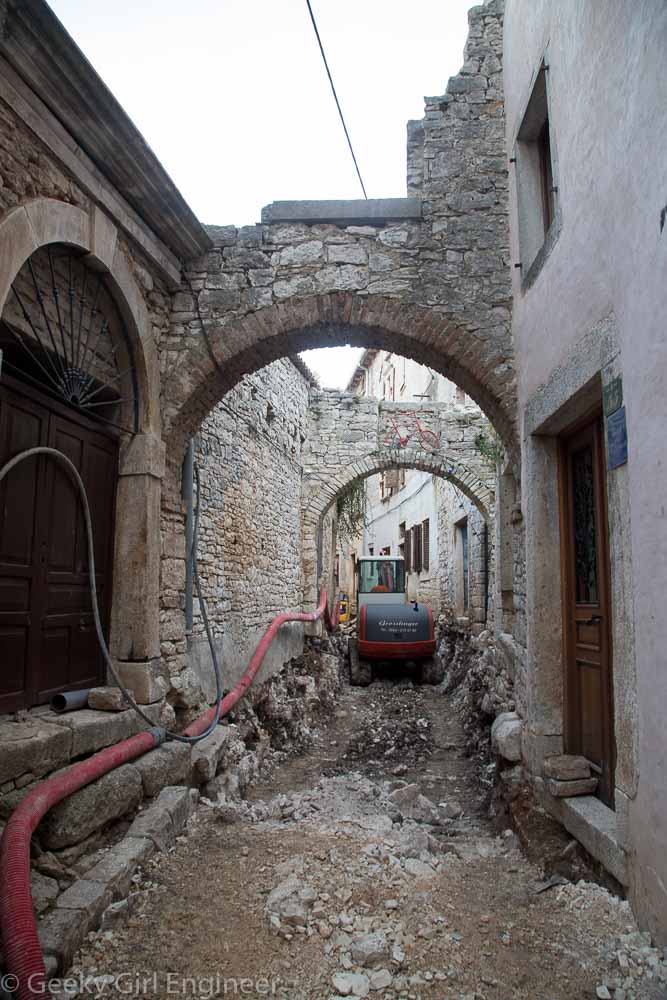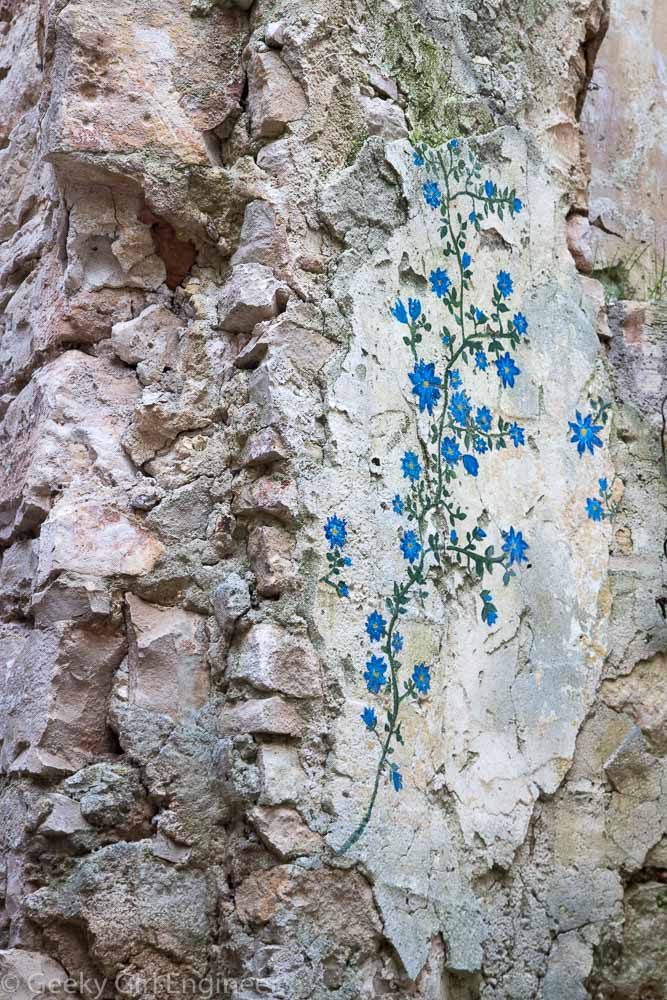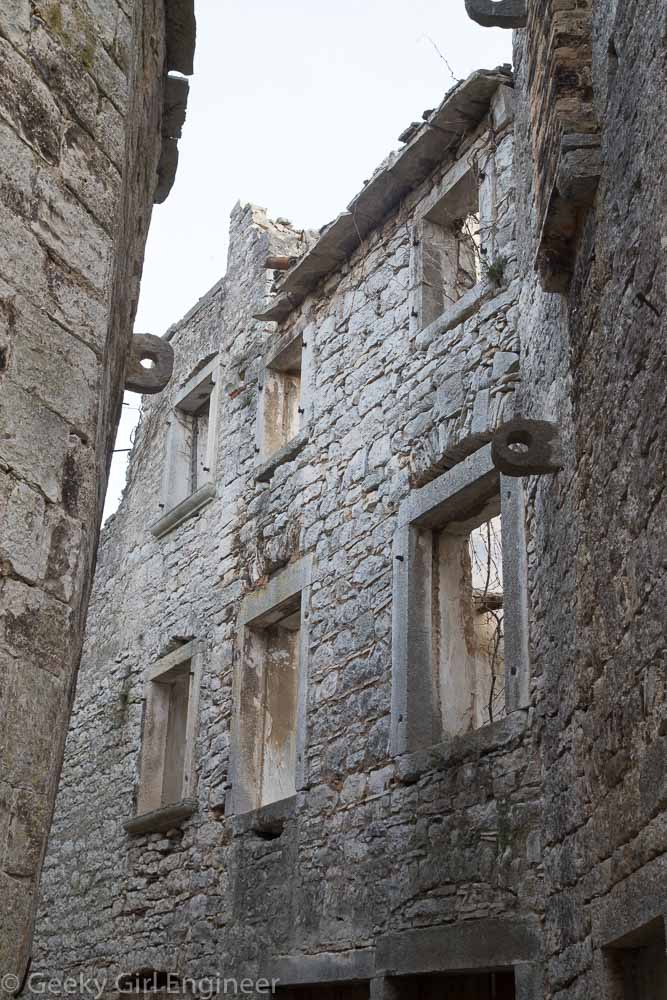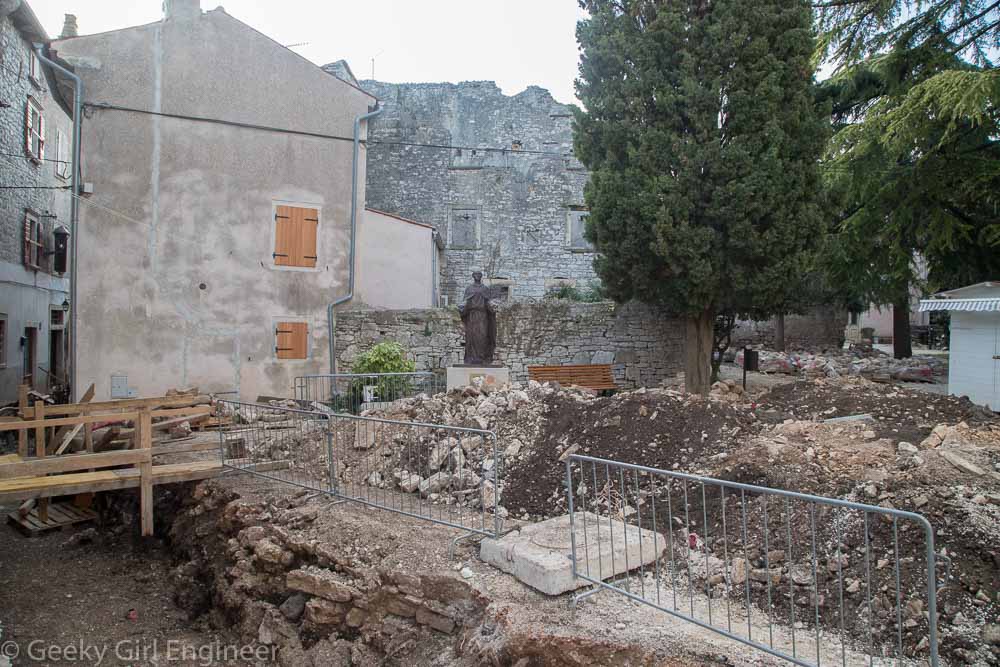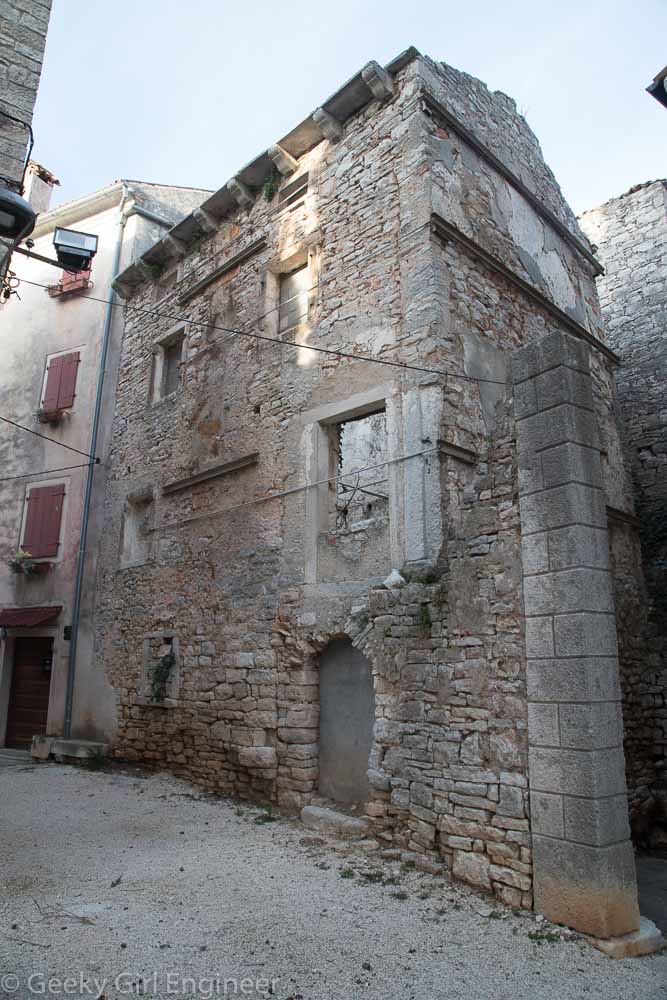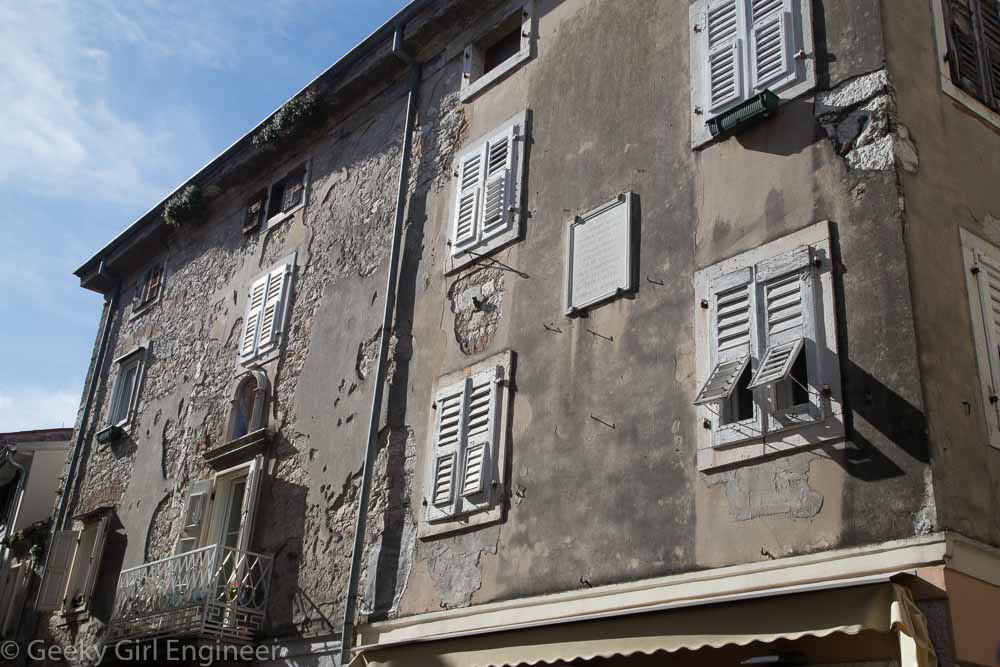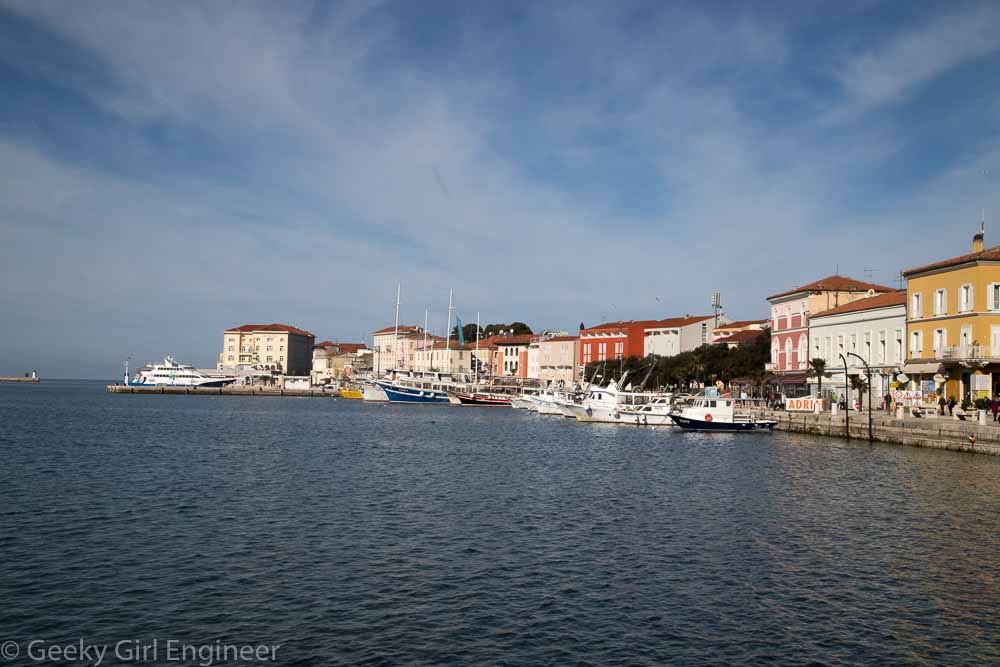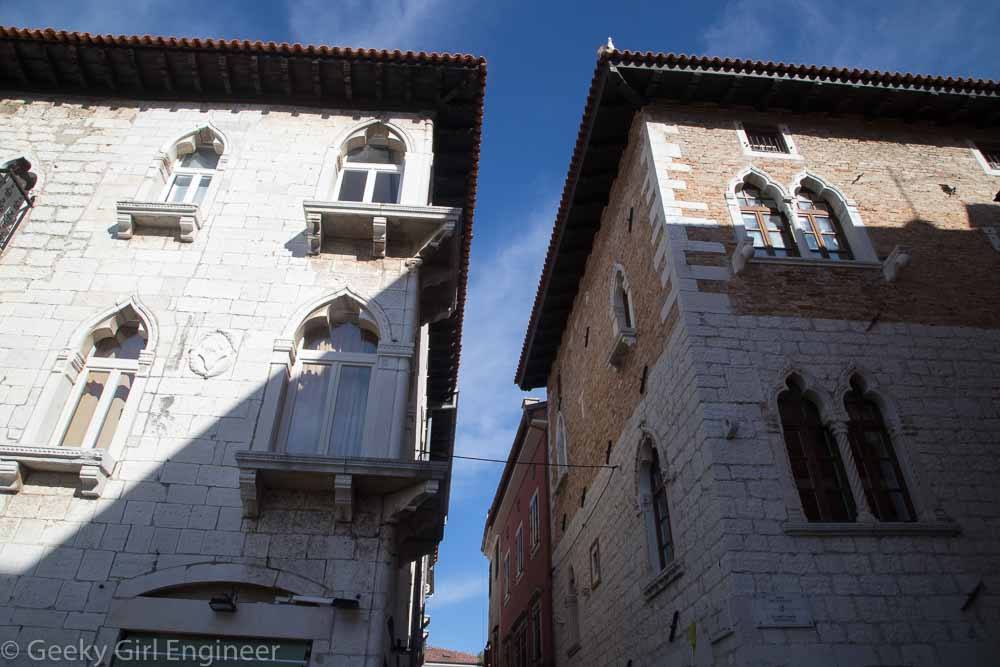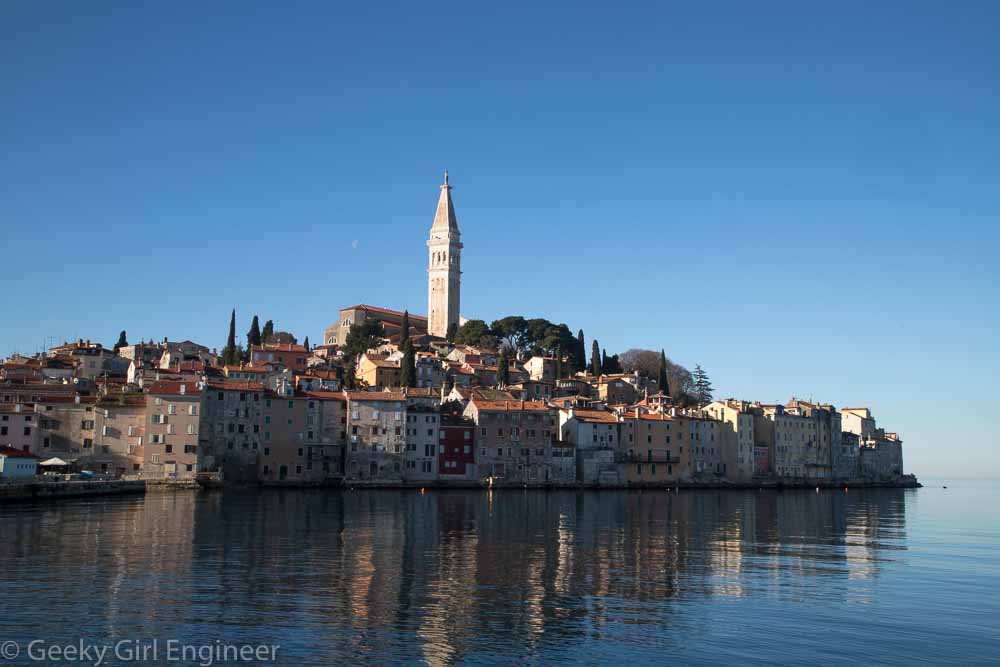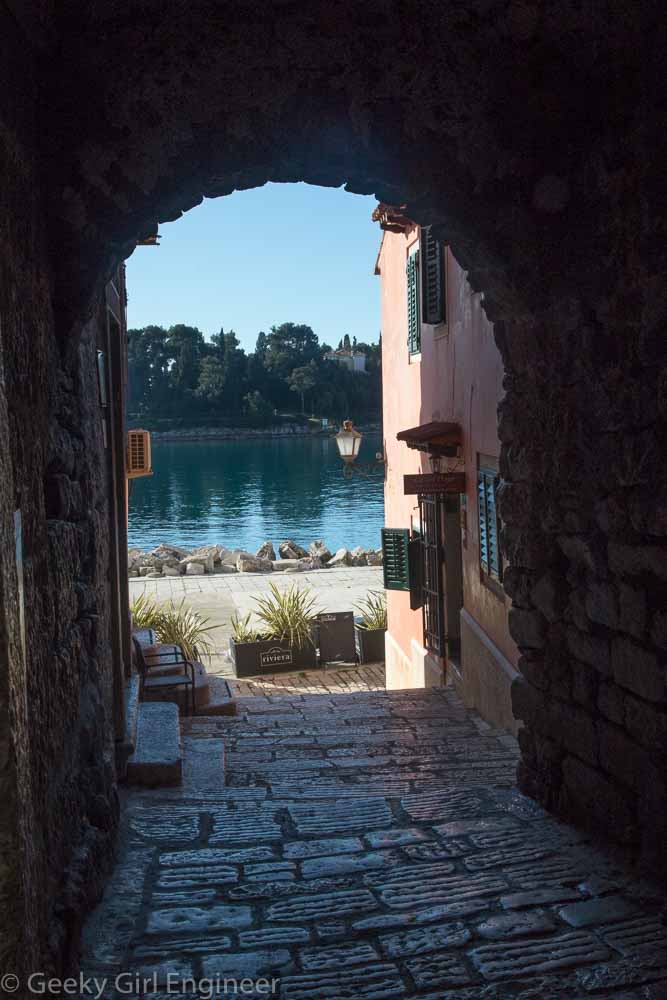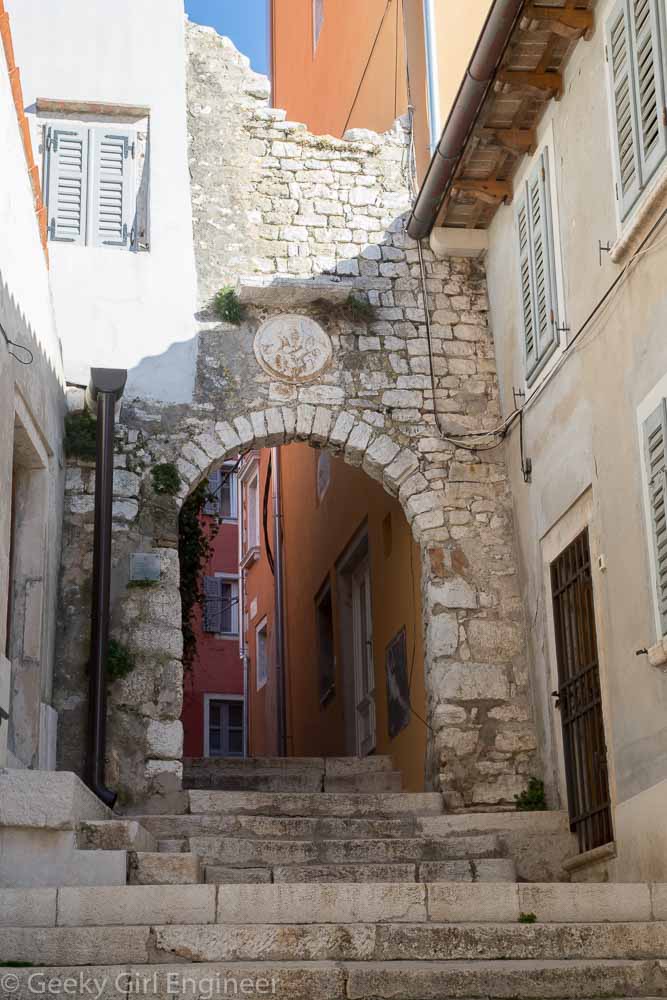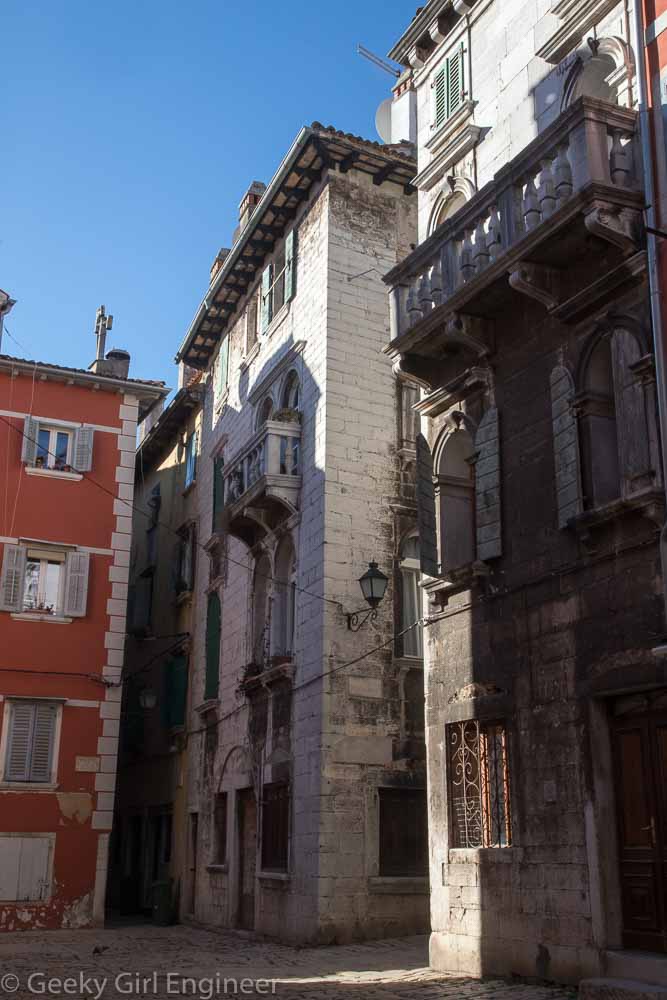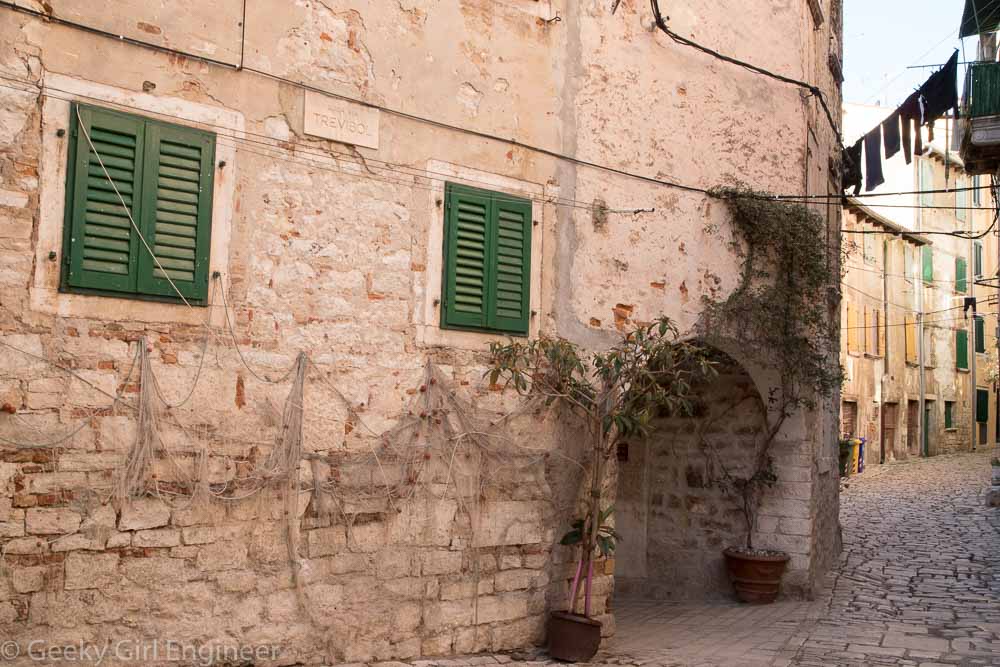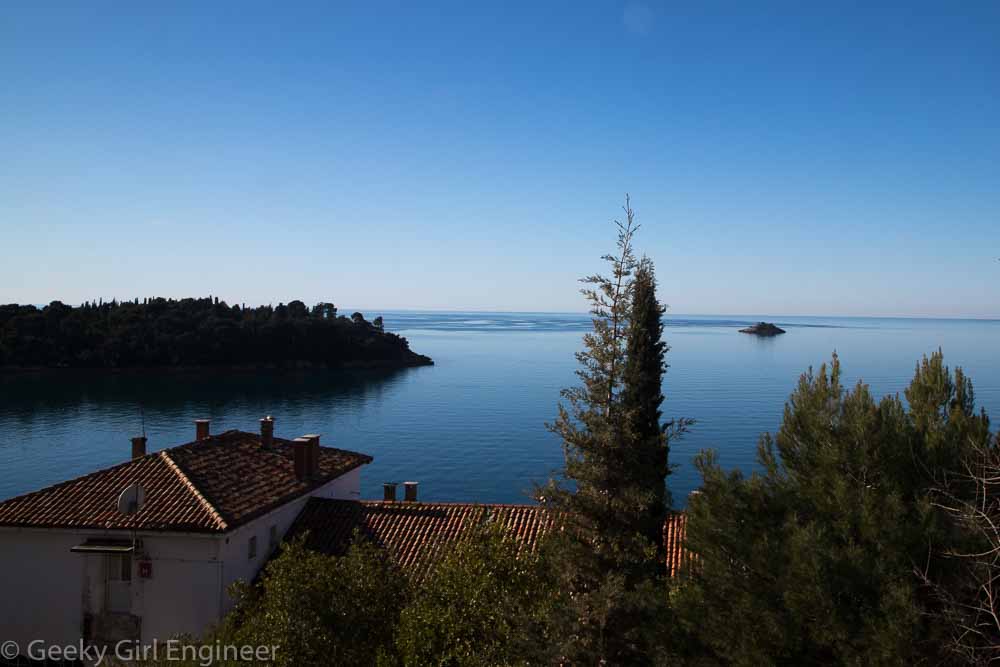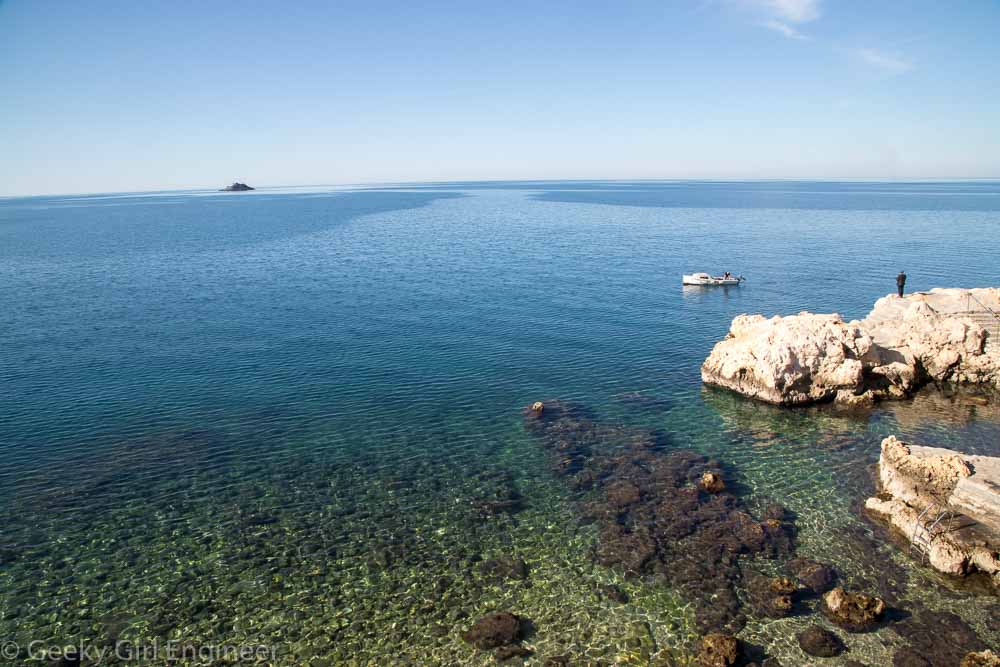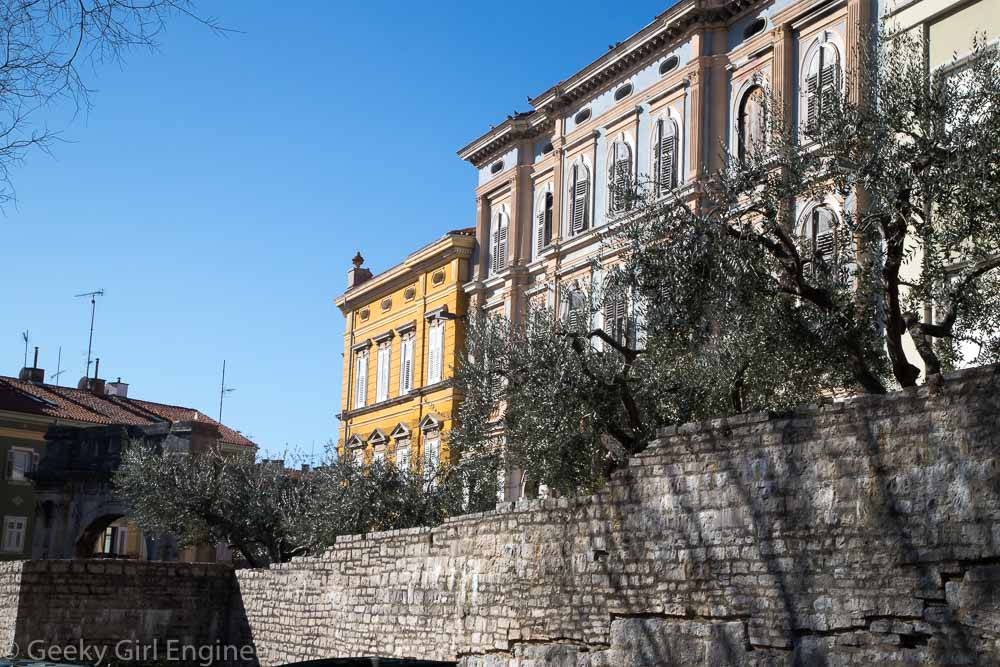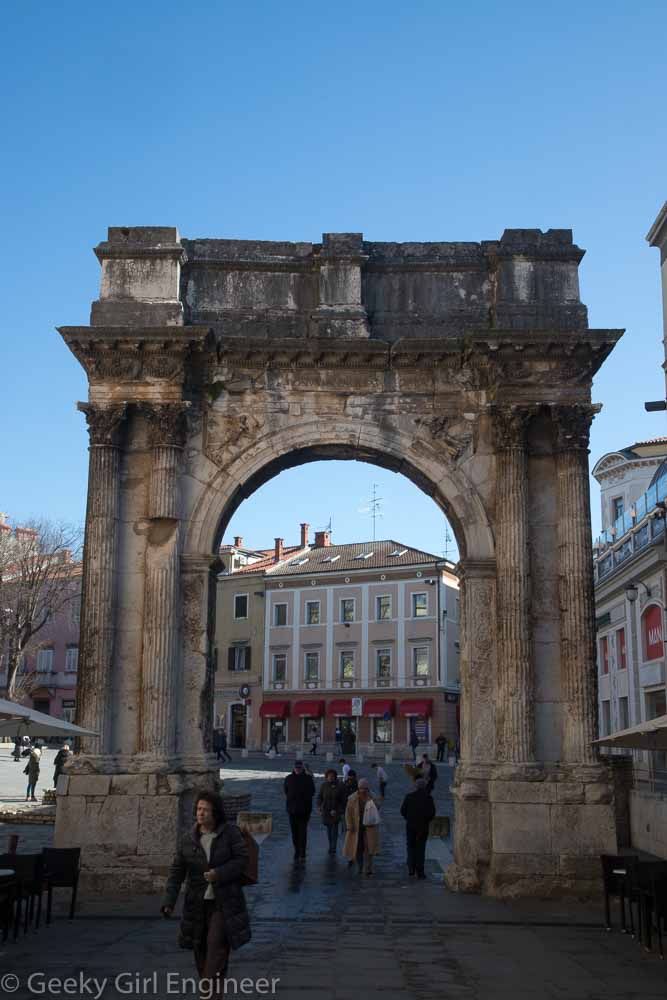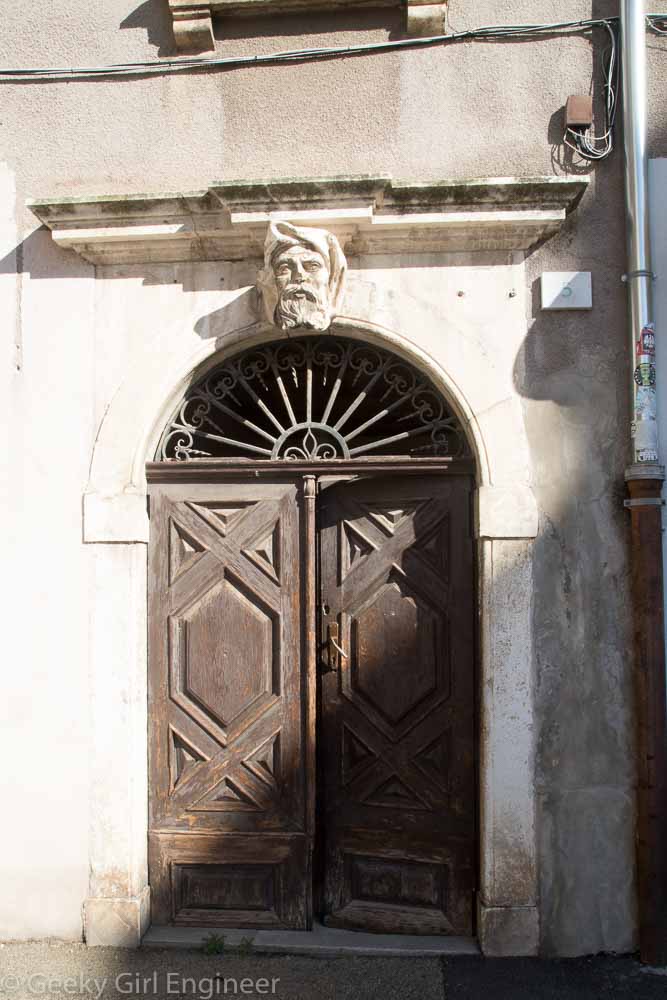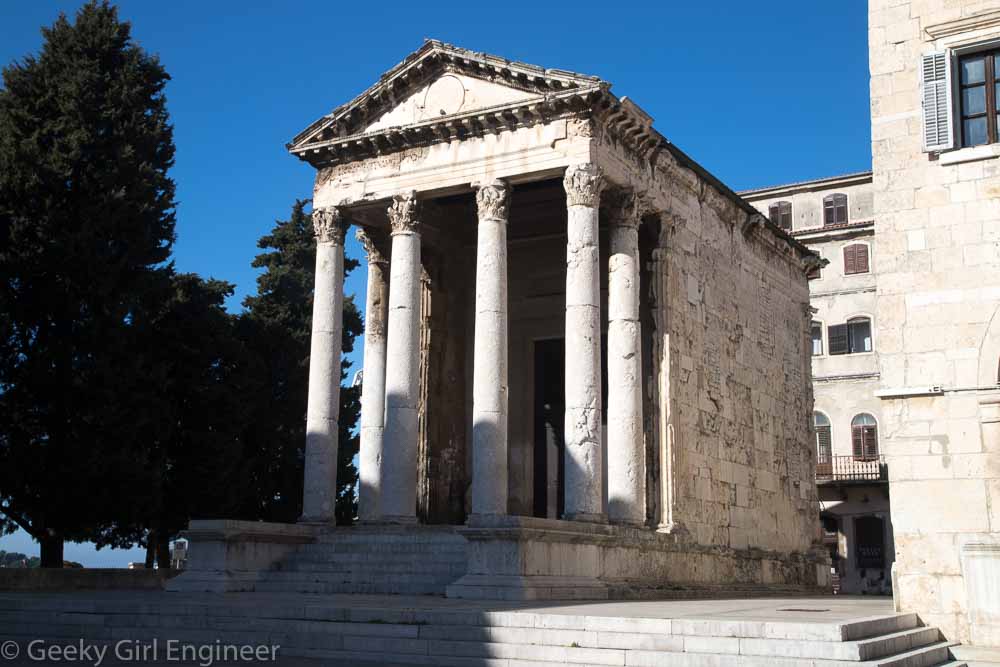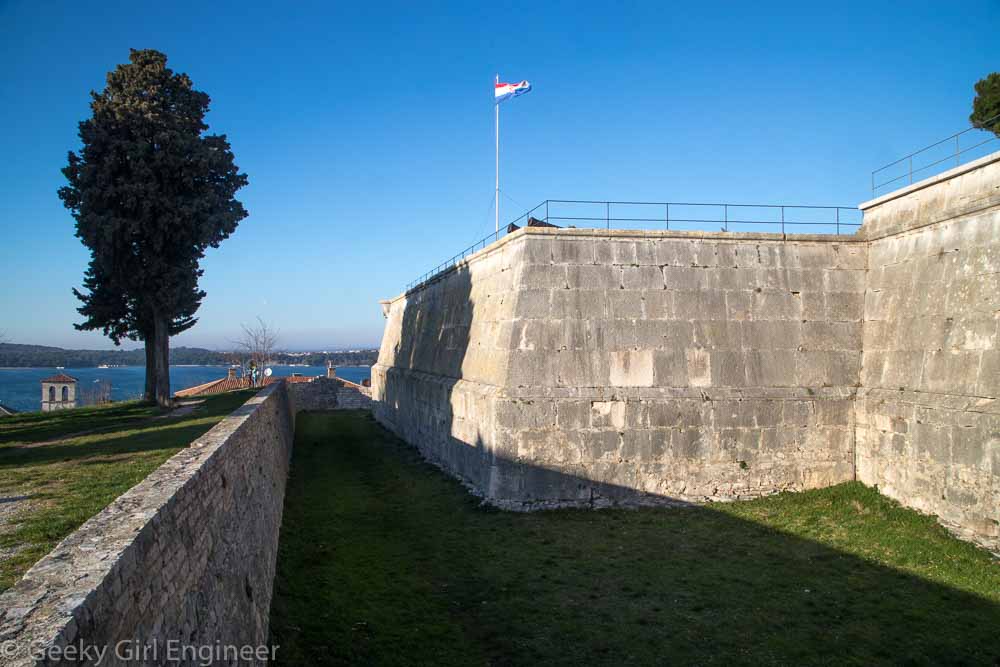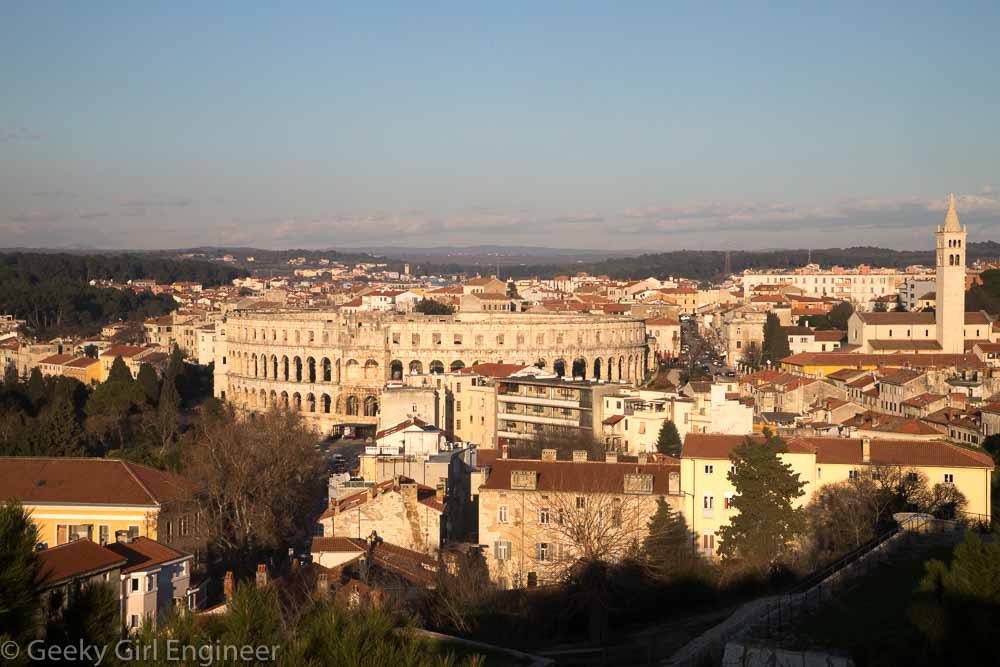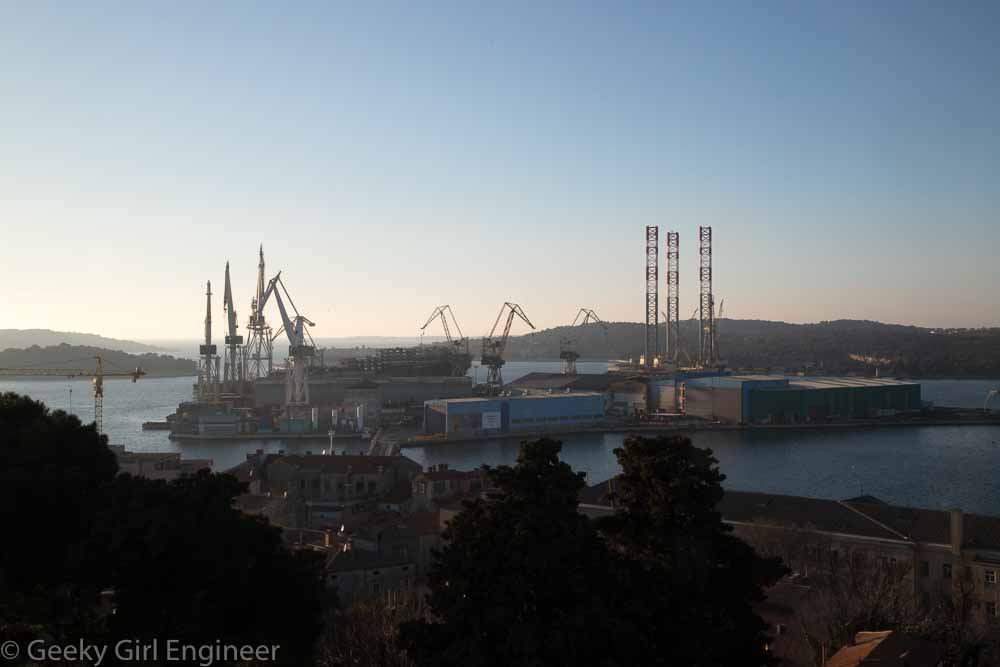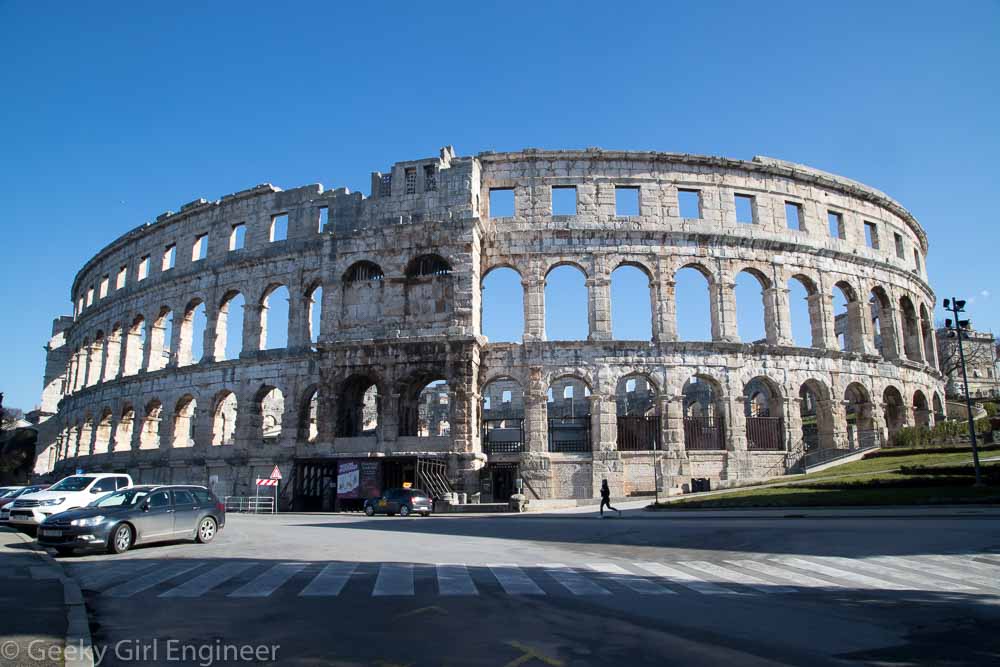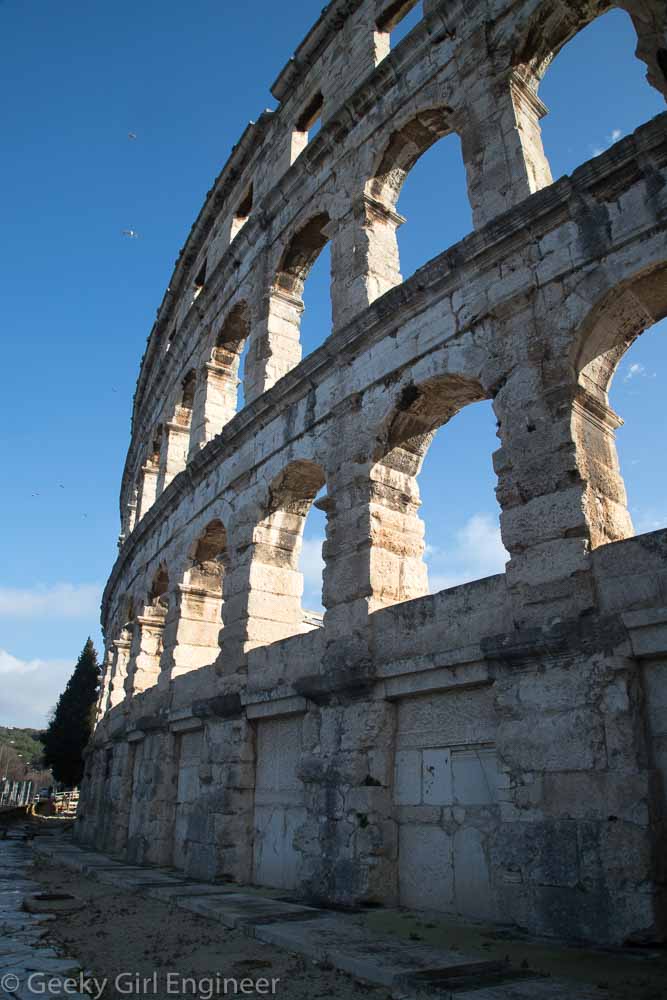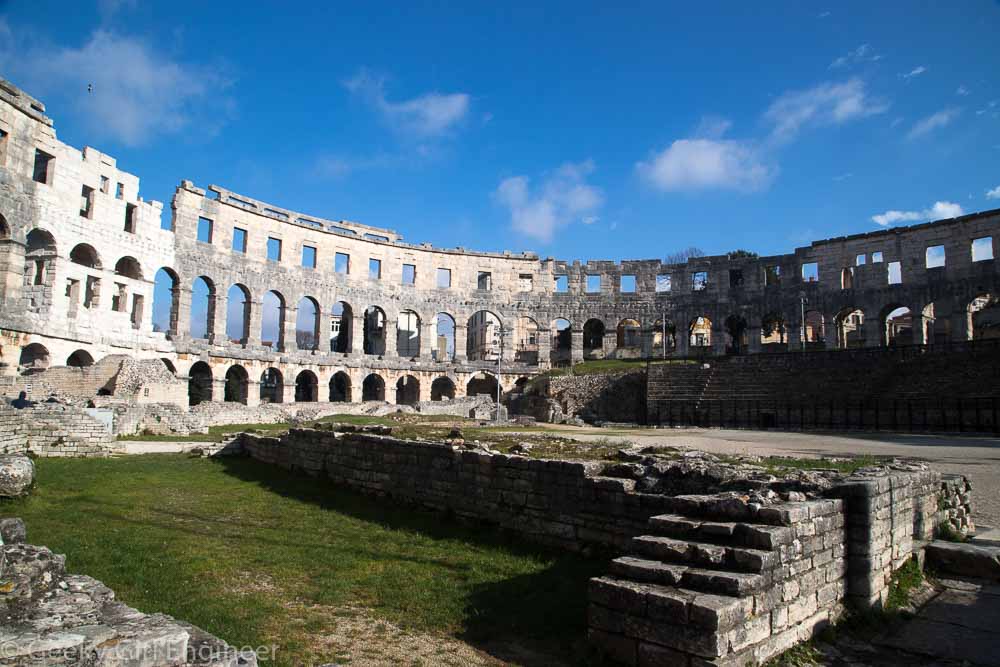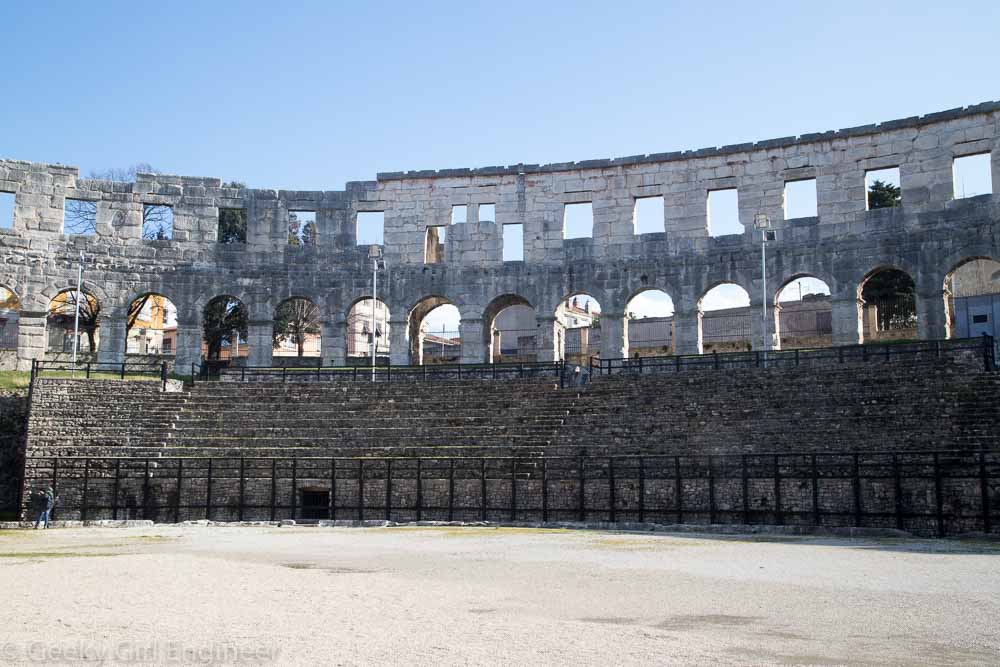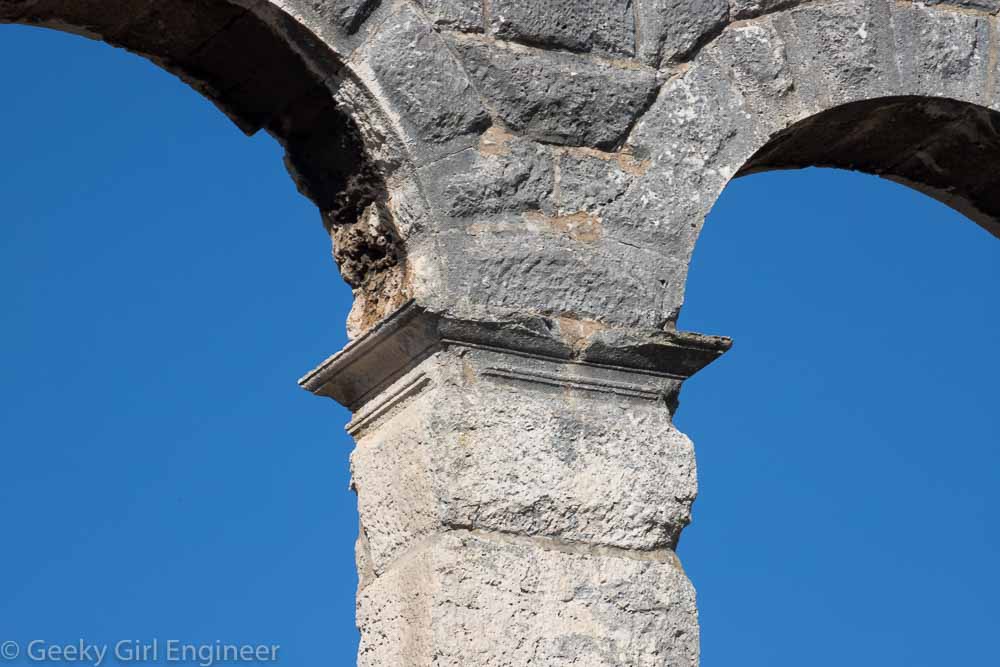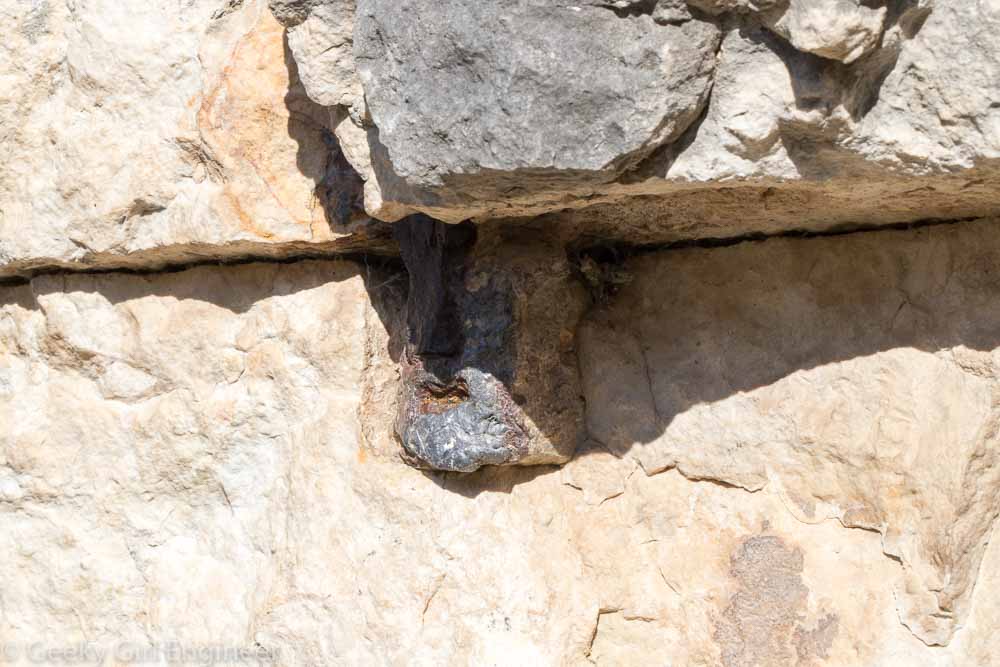Yesterday, my tour group arrived in Verona, and today I had the whole day to explore it. Verona is a lovely, old city. It has remnants of when it was part of the Roman Empire, and it also has Venetian influences, as well as others. The city is the setting for Romeo and Juliet, and it fully embraces it. [It is also named in the title of The Two Gentlemen of Verona and part of its setting, but the city doesn’t seem to care about that.] According to our guide, Romeo and Juliet seems to be a mix of myth and truth. There were two families who lived here named Cappello and Montecchi, and there may have been teenagers from those families who committed suicide after falling in love. Short stories were written about it, and supposedly Shakespeare used those as starting material. Interesting note, Juliet is very popular here, and people write letters to her, and everyone goes to see a balcony that did not exist before Shakespeare that was supposed to be hers. [Juliet having a balcony seems to be partially a translation issue, as in the play, she was probably opening her window shutters.] Anyway, Romeo doesn’t seem to be nearly as popular as Juliet. Hardly anyone writes him letters. Poor Romeo.
Besides Romeo and Juliet, the old part of Verona is lovely to walk around. The Adige River flows around the old part of the city, and walking along it provides lovely views of the city and surrounding area.
